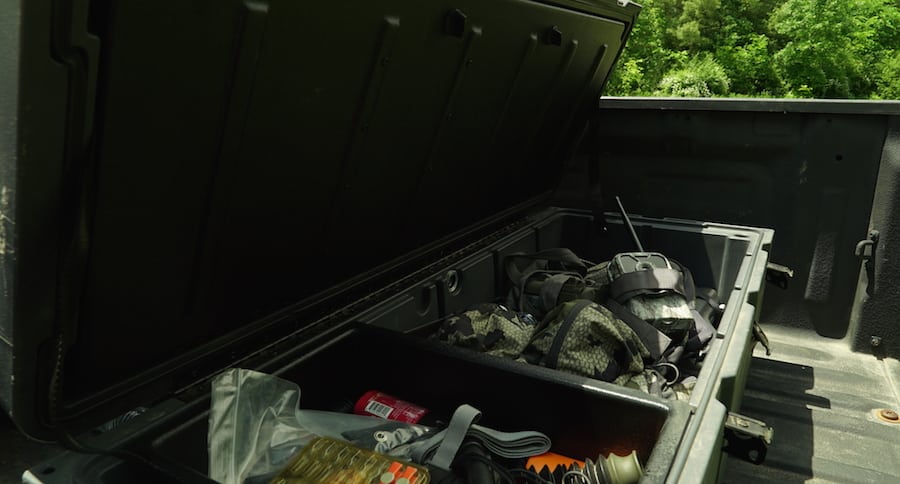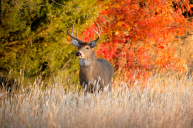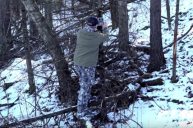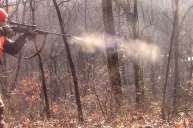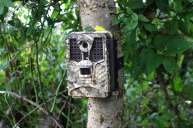Trail cameras can be your most useful tool when it comes to chasing big bucks.
When a mature buck finally shows up on your SD card, it's important to ask yourself plenty of questions to help understand the trail camera photos in a way that helps you develop a hunting strategy.
If you don't take the right steps, you could blow your chance at this unbelievable opportunity.
Without further adieu, here are the most important steps you can take once you get the picture you were looking for.
Is this area the buck's home range?
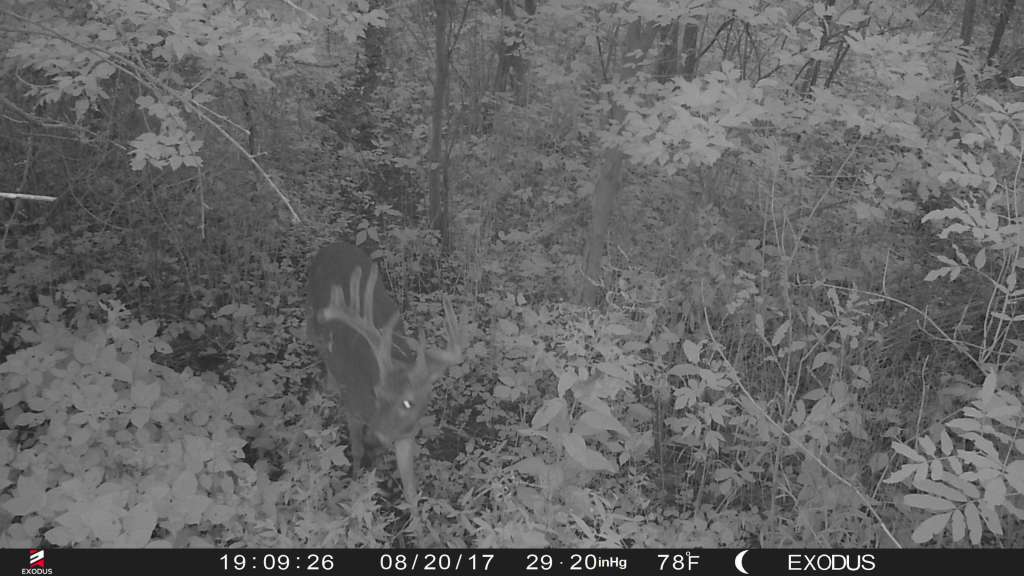
If you're only getting night photos of the buck, it's fair to say the buck isn't spending the most amount of time in that particular area. It's likely the buck's home range is elsewhere. However, if the buck is frequenting your cameras often and in daylight, you can probably guess he's spending a lot of time in that area.
Try to analyze the photos and do some digital scouting to find where the buck's bed is located.
Why is this buck here?

Asking yourself this question is key. Is the buck there because he's traveling through a pinch point to head to a bedding area? Is the buck walking toward a food destination? After answering those questions, you should have a clearer understanding.
Although hunting big bucks comes with a lot of variables, posing questions to yourself will help when developing a plan.
Did I use Energizer lithium batteries?
Lithium AA batteries can offer months of battery life and accurately gauge deer movement. They offer the best performance for cold weather and will ensure your memory card completely fills with data.
At the end of the day, it's important to piece the story together and get a head start going into the early season. Tagging a target buck isn't easy, and it takes serious focus and calculated vigilance. Trail cameras are one the most surefire tools to put yourself in a position for success.
NEXT: 3 TIPS TO FINDING A BUCK IN THE SUMMER
WATCH
https://rumble.com/embed/u7gve.v3v4j9/
